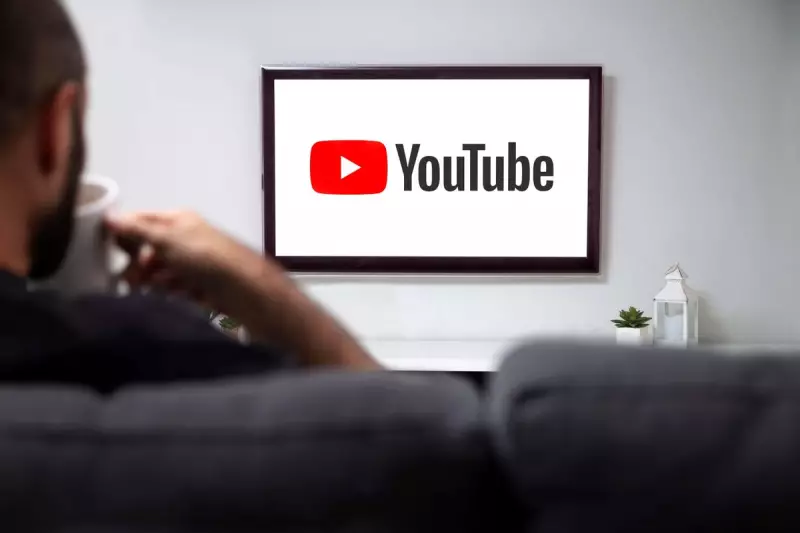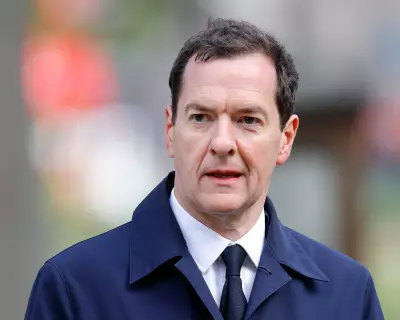
In a seismic shift for British media consumption, YouTube has officially dethroned traditional television as the nation's favourite video platform, according to Ofcom's latest annual report. The media regulator's findings reveal a dramatic transformation in viewing habits, particularly among younger demographics.
The Numbers Behind the Revolution
Ofcom's research shows that 91% of UK adults now watch YouTube regularly, spending an average of 30 minutes daily on the platform. This surpasses traditional broadcasters like BBC and ITV, which attract 89% and 80% of viewers respectively.
The generational divide is striking:
- 18-24 year olds spend just 53 minutes per day with traditional TV
- The same age group dedicates nearly an hour (58 minutes) to YouTube
- Over-65s remain loyal to linear TV, watching 5 hours 50 minutes daily
Why the Shift Matters
This transition represents more than just changing viewing habits - it signals a fundamental transformation in how content is created, distributed and monetised. YouTube's algorithm-driven, on-demand model contrasts sharply with traditional TV's scheduled programming.
Key factors driving YouTube's dominance:
- Personalised content recommendations
- Creator-driven content appealing to niche interests
- Mobile-first accessibility
- Short-form video formats
Broadcasters Fight Back
Traditional broadcasters aren't standing still. Both BBC and ITV have launched their own streaming platforms (iPlayer and ITVX respectively) while investing heavily in digital content. However, Ofcom's data suggests they're playing catch-up in the battle for younger viewers.
The report also highlights concerns about:
- Declining trust in online content
- Challenges of content moderation at scale
- The sustainability of creator economies
As the lines between traditional and digital media continue to blur, this report serves as a wake-up call for the entire UK media landscape.





